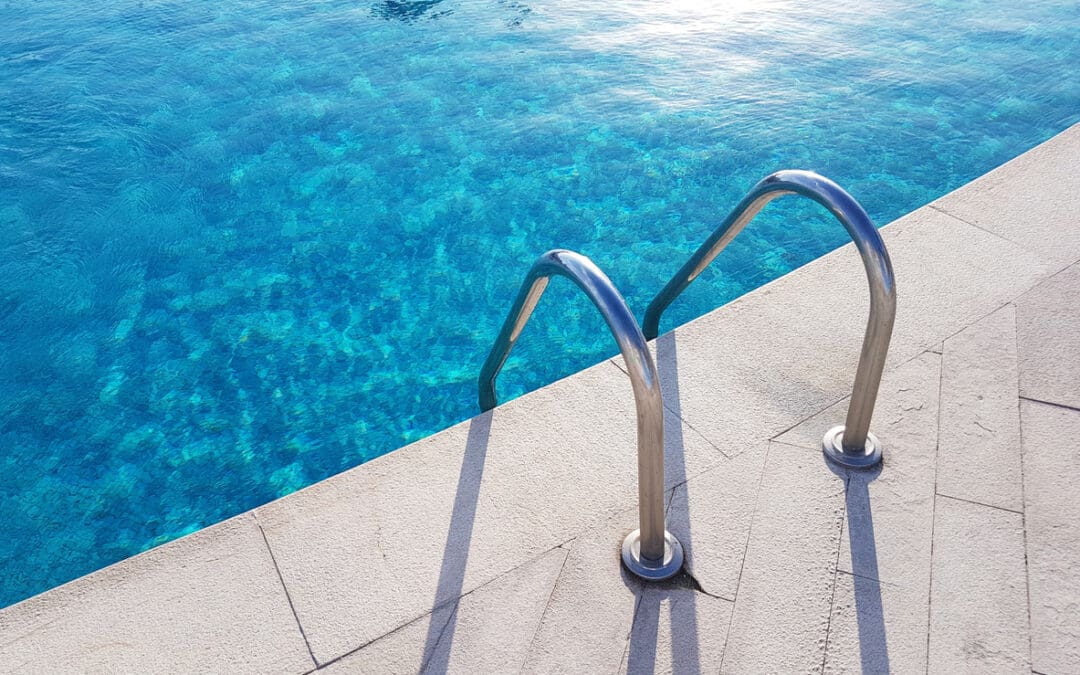Homeowner’s Liability for Swimming Pool Accidents: What You Need to Know

Without proper supervision and adequate safety measures, a summer swim in the backyard pool can quickly take a tragic turn. Read this blog and learn how you can protect others from accidents and yourself from liability.
A quick swim in your backyard pool can be both relaxing and refreshing – especially during hot days of New Mexico summer when temperatures outside creep up to the low 90s. Still, without proper supervision and adequate safety measures, a summer swim in the backyard pool can quickly take a tragic turn.
According to the Centers for Disease Control and Prevention (CDC), every day, about ten people in the US die as a result of unintentional drowning. However, while some such accidents may happen in a public swimming pool or an open body of water, the probability of drowning in a publicly protected swimming area is relatively low.
Instead, many of the most tragic swimming accidents take place in residential swimming pools which often lack the needed control, safety measures, and protection. For example, American Red Cross statistics on drownings show that in the case of children younger than 5, 87 percent of drowning fatalities happen in home pools or hot tubs. Many of these mishaps take place in pools owned by family, friends, or relatives.
According to the Association of Pool & Spa Professionals (APSP), there are 10.4 million residential swimming pools in the US. Are you a pool owner yourself? As a homeowner, you have a legal obligation to protect visitors to your property from preventable accidents and injuries.
This includes taking appropriate safety measures to secure your home pool so that it doesn’t pose any unnecessary risk to you, your family, or any third parties. In this article, we explore the situations in which you may be legally liable for a swimming pool accident on your property and what you can do to prevent it.
Homeowner’s Liability Explained
In general, homeowners may be liable for accidents and injuries that happen on their properties. This is regulated by a legal concept known as premises liability. This set of laws states that the owner of the property has a legal duty towards those who visit his or her property. The duty requires the homeowner to make sure that there are no foreseeable dangers to the visitor’s safety on the property.
The failure to ensure safe conditions may constitute negligence. Thus, an individual injured on another person’s property as a result of a preventable accident may file a compensation claim against the owner.
Premises liability may come into play in the case of the following accident examples:
- Slip-and-fall accidents due to uneven or slippery surfaces or inadequate lightning
- Accidents due to icy and snowy sidewalks or driveways
- Accidents due to defective conditions on the premises such as roof fall accidents
- Dog bites
- Swimming pool accidents and unintentional drowning
Liability Due to Attractive Nuisance
Importantly, premises liability laws don’t apply only in cases where a visitor invited by the homeowner sustains injuries on the property. In certain circumstances, the owner may also become liable for injuries of individuals who came onto the property without an explicit invitation or even trespassers. One example of such a scenario is known as an attractive nuisance.
An attractive nuisance is a dangerous condition that may attract minors onto the property and could cause them risk or harm. If a trespassing child gets injured because the owner of the property didn’t properly secure the feature that may be attractive – or didn’t make the property or feature sufficiently inaccessible – he or she may be liable for the injuries sustained by the child on the property.
The reasoning behind this legal doctrine is that a child may lack the reasoning skills and emotional capacity to properly assess the danger involved in trespassing and using the feature of the property deemed attractive. A home swimming pool may be considered an attractive nuisance, so the homeowner must both secure the pool and take measures to make his or her property inaccessible to young trespassers.
Typical Home Pool Accidents
As mentioned above, unintentional drowning is one of the greatest risks associated with a home swimming pool. Yet, the possible dangers of the attraction of a pool are more varied.
Here are some of the most common examples of pool-related accidents:
- Slip-and-fall accidents near the pool
- Non-fatal drowning
- Electrocution
- Infections
- Diving injuries including broken bones, back injuries, spinal cord injuries or head injuries
What You Can Do
Despite the risks mentioned above, there is much that homeowners can do to ensure safe conditions for pool usage. Here are some practical steps to take to prevent accidents while still allowing for enjoyment and fun:
- Never leave the children in the pool without supervision
- Secure the pool with a 4-feet high fence or a barrier with a self-closing and self-latching gate
- Place a safety cover on the pool when no one is using it
- Install pool alarm to ensure small children don’t enter the pool unsupervised
- Install non-slip surfaces around the pool and make sure there is no residual water that could create slippery conditions
Of course, some pool accidents may be inevitable. Still, by taking all the reasonable and necessary measures to prevent accidents, a homeowner can make sure that all individuals who find themselves on his or her property will feel safe and stay out of harm’s way.
Why Choose Ron Bell Injury Lawyers?
We Get Results!
